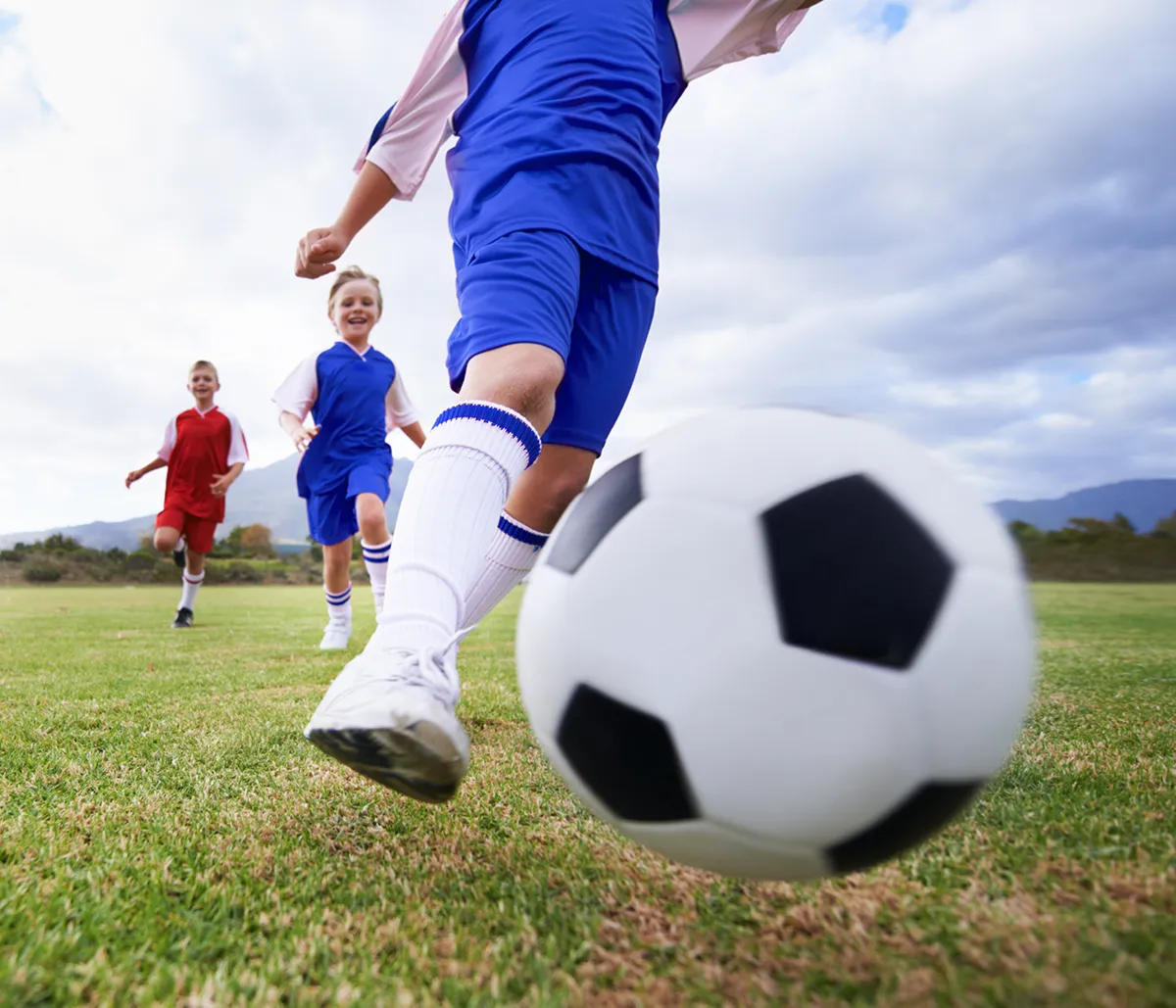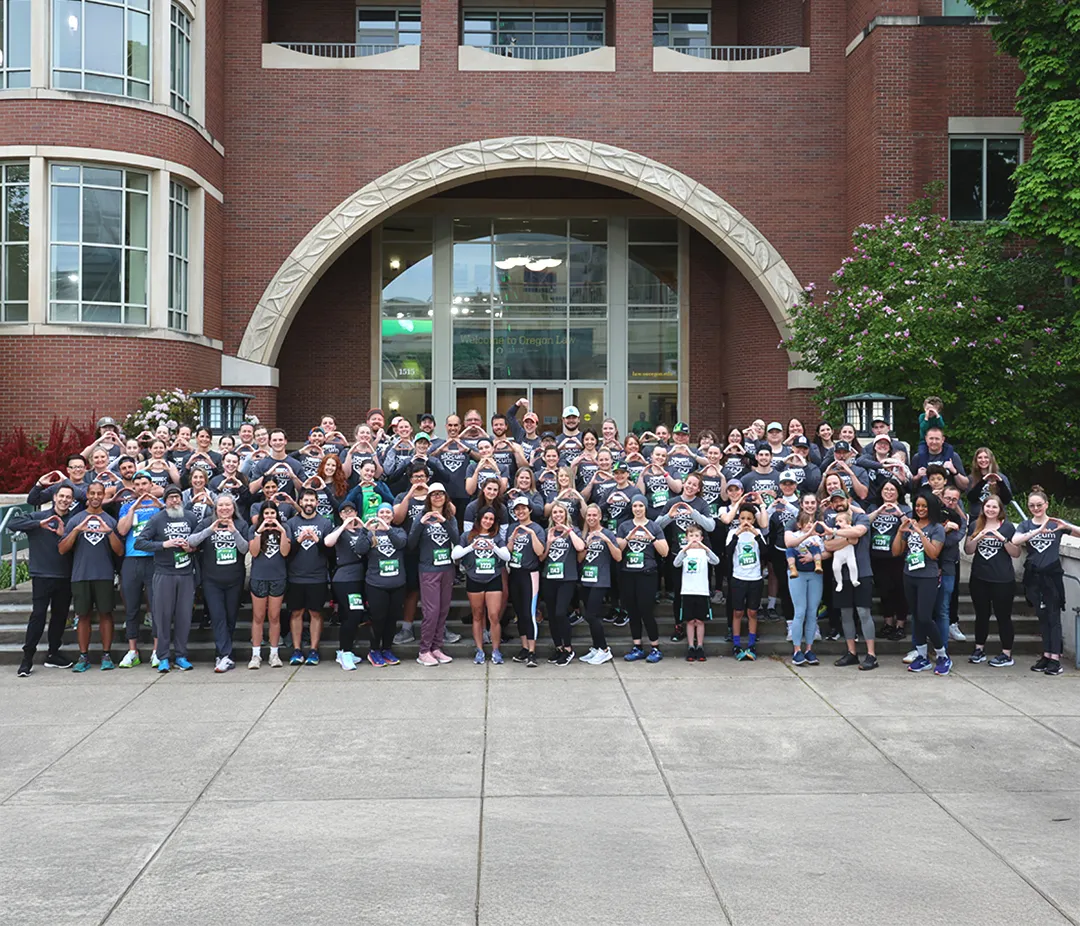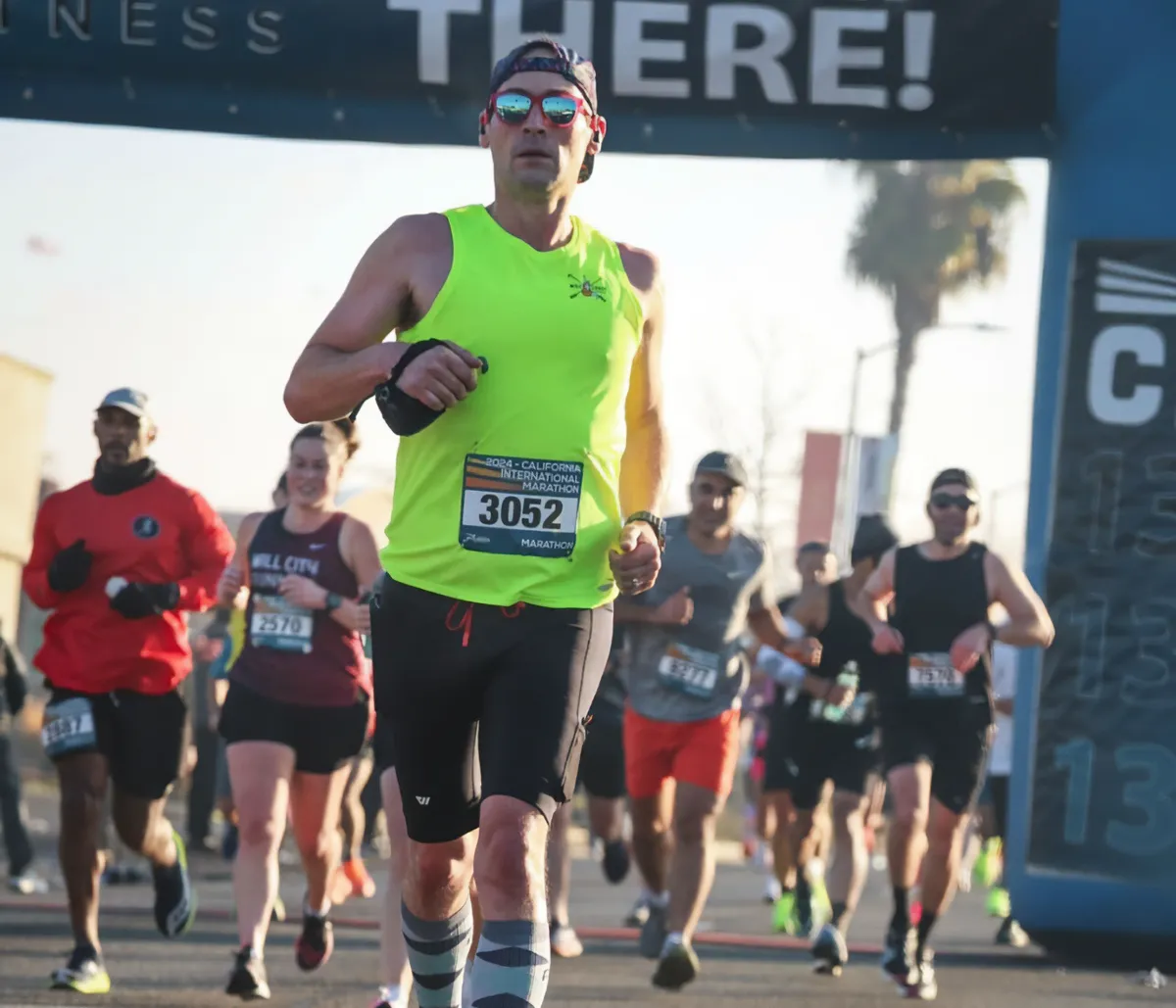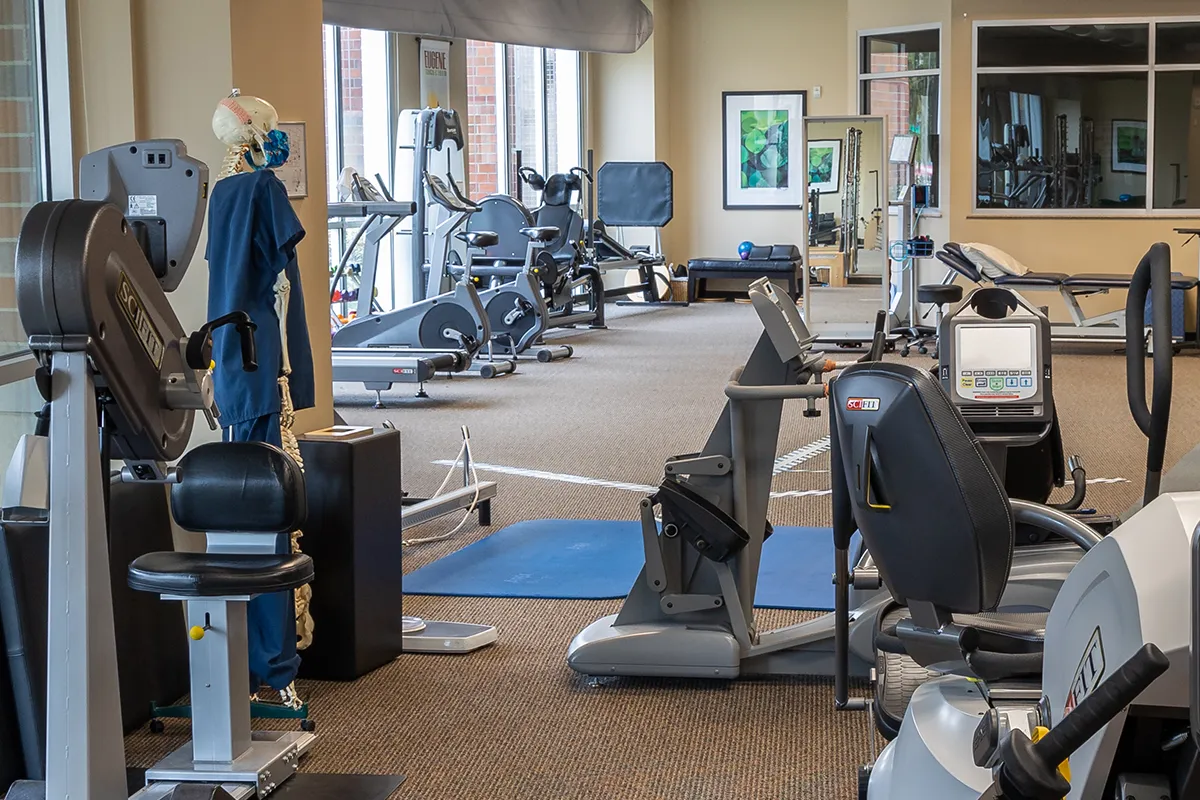Acute Achilles Tendon Ruptures
Injury
The Achilles tendon is a thick band of fibrous tissue that connects the calf muscle to the heel bone. It is the largest and longest tendon in the human body. An Achilles tendon rupture is an injury that causes a complete tear through the tendon, resulting in a loss of integrity. This occurs when the tendon is stretched beyond its limit. These typically occur in middle““aged athletic individuals (but can occur earlier or later in life), usually during some form of explosive push off such as forceful jumping or pivoting. Occasionally they are associated with pre““existing Achilles trouble, but most often the athlete has not had any prior symptoms.
I often hear athletes describe the sensation of a pop or that they were kicked in the back of the leg. The injury is usually accompanied by swelling and bruising in the lower part of the back of the leg. A physical examination is a very reliable way to make the diagnosis. The tear usually occurs about 3““4 inches above the back of the heel and I can usually feel a soft spot or gap in the tendon in that location. I will get X““rays and an MRI in my athletes to rule out any other injuries.
Treatment
For my athletes with a midsubstance tear of the Achilles, I recommend operative treatment. This involves suturing the two ends together with sutures through an incision centered over the area of the tear. There are several methods to accomplish this but the most important part is to make sure you have a solid repair which restores the normal muscle““tendon length relationship. The goal is to leave the athlete with a solidly healed tendon that allows you to return to sport, minimize your recovery, and maximize your strength.
The downside of surgery are the risks involved; this includes wound healing, numbness, scar formation, infection, and other medical problems like a blood clot. As you can see, it is a balance between the risks and the benefits of the surgical repair.
In athletes, surgical repair gets you back to activity faster and improves the strength of the calf after everything has healed. Whether or not your risk of a repeat tear is higher after nonoperative treatment is debatable.
Rehab
No matter how your rupture is treated, the recovery is lengthy. There has been a lot of info published about how to rehab after repair of an Achilles tear. My takeaway: they heal faster if you can get them moving early with a little bit of WB. Tendons seem to heal faster if you can move and stress them early on in the recovery. However, too much too soon can stretch out the repair so it’s a fine line to balance. Here is my timeline. Obviously, I will adjust this depending on the repair, quality of the tissues, sport specifics, etc. but this is a reasonable estimate.
“¢ 0““2 weeks ““ immobilized in a splint/cast ““ during this time you are non““weightbearing, I just want you elevating your leg, taking it easy, and recovering. You will probably be bored. (I splint it for this time in order to protect the incision as much as anything).
“¢ 2““6 weeks ““ stitches come out, splint comes off. I like to get my athletes into a postop boot so you can begin a little bit of motion, toe touch to partial (50% of your body weight) weight““bearing ““your movement of the ankle should only come to about 0 degrees and no further. I will be very worried if you come back showing me how far up you can flex the foot after surgery. I start PT at this time too with a specific protocol outlining the advancement of activities.
“¢ 6““8 weeks ““during this window I will let you advance to full WB and start to adjust the boot to get the foot closer to 90 degrees. I like to gradually adjust this a few degrees every day. How this looks depends on the type of boot you have after surgery.
“¢ 8““12 weeks ““during this time I let patients wean out of the boot, into regular shoes. Sometimes a small heel lift can help during this transition but is not absolutely necessary.
“¢ 12 weeks and up ““see the protocol link but basically during this time you are working to get back to sport.
Return to Sport
As you can see recovery can take a while. They nearly always result in a loss of a competitive season. I have had some athletes return to sport in a limited fashion at 4 months, but usually it takes up to 6““9 months to see a full recovery to a point where the athlete can return to competitive sport at their pre““injury level. I want my athletes to have a leg that is stronger than it was pre““injury in order to avoid further injury.
It can be frustrating because the ankle is stiff, the leg swells for a LONG time, and the leg will atrophy (muscle loss in the calf muscle). I often hear my athletes describe this feeling of a flat tire in the leg as they return to walking or running. Being patient, working hard, and having a good physical therapist are all things you can do to optimize your outcome after this type of injury.





